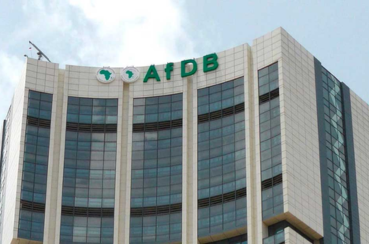
Going public is a significant milestone for many later-stage companies, allowing them access to a broader pool of capital and the prestige of being listed on a Stock Exchange. This transition from privately held to publicly traded entities has traditionally been achieved through an Initial Public Offering (IPO). However, in recent years, an alternative path known as the Special Purpose Acquisition Company (SPAC) has emerged.
The history of IPOs dates back several centuries, with the first instance occurring in the early 1600s, when the Dutch East India Company offered shares to residents of the Netherlands. A noteworthy modern example is Facebook’s IPO in 2012, a landmark event in technology.
An IPO represents a significant change in a private company’s ownership structure, marking the first time its shares are offered to the public. The company creates and sells its shares in a primary market to raise capital from investors. To initiate an IPO, the company decides how many shares to sell and at what price, a process facilitated by Investment Banks through share underwriting. These Banks commit to buying the securities and then selling them in the market. The company hires an investment bank to find institutional investors to buy its stock, a process known as a road show. These investors then resell the stock on the open market.
While effective, IPOs can be time-consuming, capital-intensive, and complex. The highly regulated process requires the company to organise and provide financial reports to Regulators and Banks, involving significant expenditures and time to ensure compliance with SEC requirements.
On the other hand, a Special Purpose Acquisition Company (SPAC) is a company without commercial operations, formed strictly to raise capital through an IPO to acquire or merge with an existing company. SPACs, also known as Blank Check Companies, gained popularity between 2019 and 2020. They are typically formed by investors or sponsors with expertise in a particular industry or sector.
A SPAC starts by forming a shell company with a management team, bank account, and startup fund, then undergoes a relatively traditional IPO process to sell shares and raise capital. Unlike traditional IPOs, SPACs seek underwriters before offering shares to the public and disclose minimal information to IPO investors. After raising capital, the SPAC becomes a publicly traded company and then acquires a private company, resulting in a formal merger. The SPAC adopts the operations, business model, and typically the identity of the acquired company.
SPACs offer the advantage of being less time-consuming and complex than traditional IPOs. However, the investment hinges on trust in the promoters to acquire a suitable target company, posing a risk of overhyped investments. There is also the potential for the SPAC’s management team to fail in negotiating favourable acquisition terms.








Leave A Comment